Biological Mechanisms of Animal Bioluminescence
Introduction
Bioluminescence is a fascinating biological phenomenon observed in a variety of animal species, from tiny marine microorganisms to large deep-sea creatures. This process involves the production and emission of light by a living organism as a result of a biochemical reaction. In this article, we will delve into the biological mechanisms of animal bioluminescence, exploring the biochemistry, genetics, and evolution of this captivating natural spectacle.

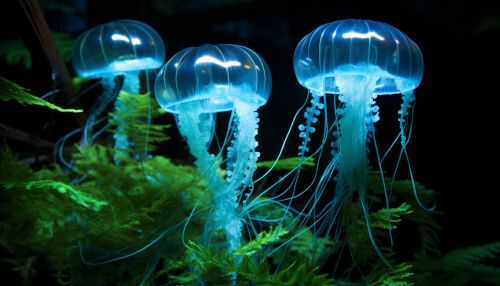
Biochemistry of Bioluminescence
The biochemical basis of bioluminescence involves a light-producing reaction that occurs within the cells of the organism. This reaction typically involves a light-emitting molecule known as a luciferin, and an enzyme called luciferase. The luciferase catalyzes the oxidation of the luciferin, leading to the emission of light. This process is highly efficient, with nearly all of the energy used in the reaction being converted into light.
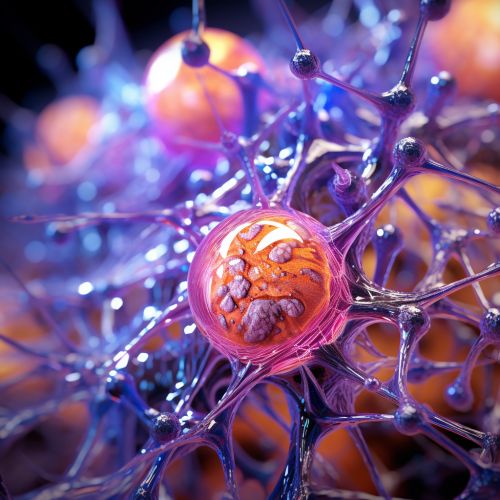
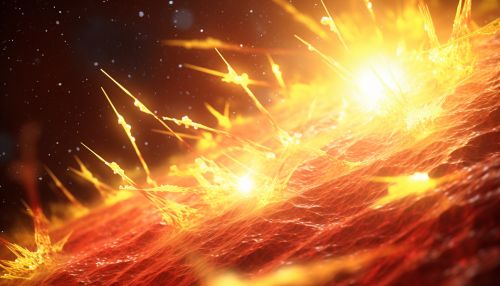
Genetics of Bioluminescence
The ability of organisms to produce light is often encoded in their genetic material. The genes responsible for bioluminescence are typically organized in operons or clusters, allowing for the coordinated expression of the necessary proteins. These genes can be passed down through generations, allowing the trait of bioluminescence to persist within a species.
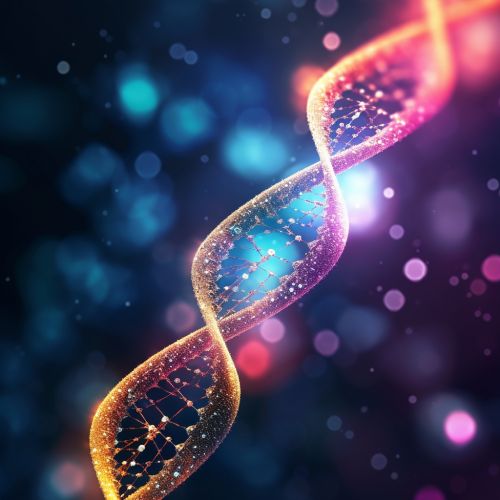
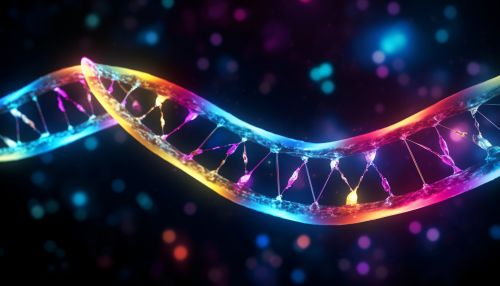
Evolution of Bioluminescence
Bioluminescence has evolved independently multiple times across various animal lineages, suggesting a strong selective advantage for this trait. It is believed to serve various functions such as attracting mates, deterring predators, and aiding in hunting prey. The diversity of bioluminescent organisms and the variety of ways in which they use light is a testament to the evolutionary versatility of this trait.


Bioluminescent Organisms
There are numerous examples of bioluminescent organisms across different animal phyla. Some of the most well-known examples include fireflies, certain species of squid, and various deep-sea creatures. Each of these organisms utilizes bioluminescence in unique ways, providing insight into the diverse applications of this biological phenomenon.


Conclusion
Bioluminescence is a remarkable biological phenomenon that continues to captivate scientists and laypeople alike. The intricate biochemical mechanisms, the complex genetic underpinnings, and the fascinating evolutionary history of this trait all contribute to its intrigue. As research continues, our understanding of bioluminescence will only continue to grow, shedding light on the mysteries of this natural spectacle.


